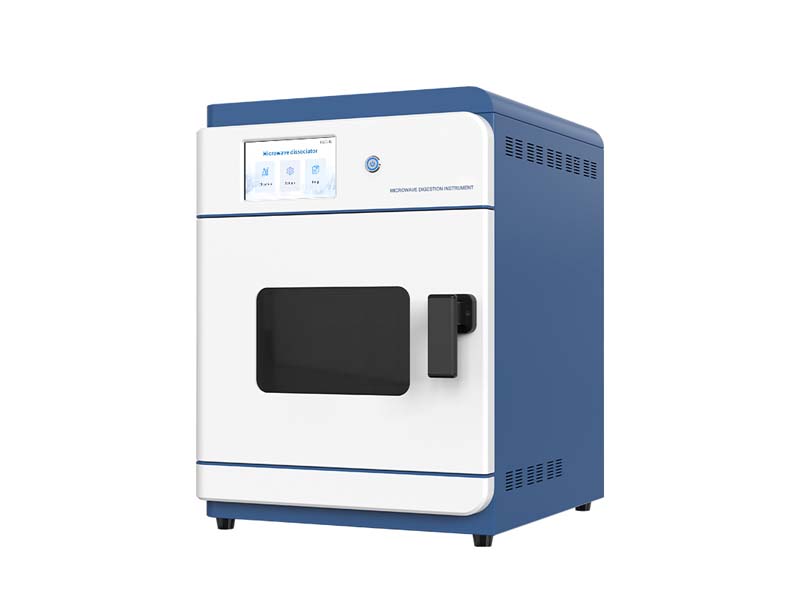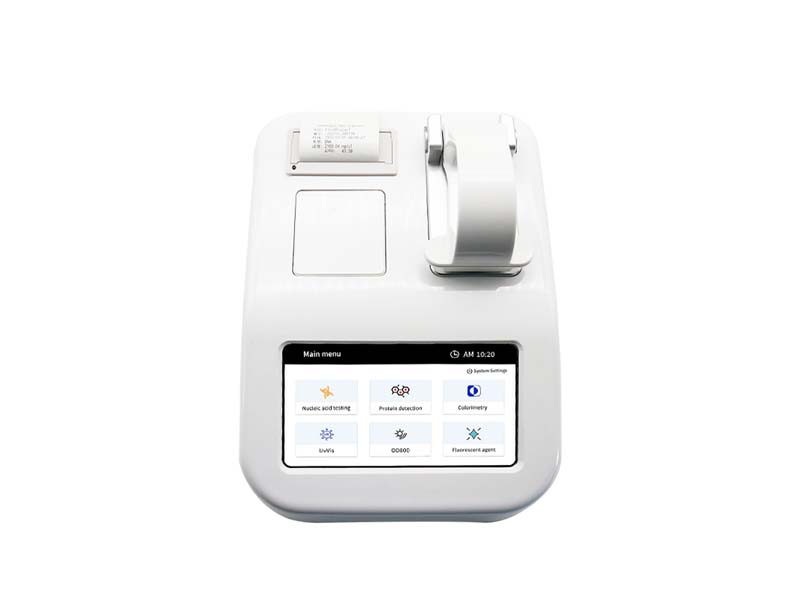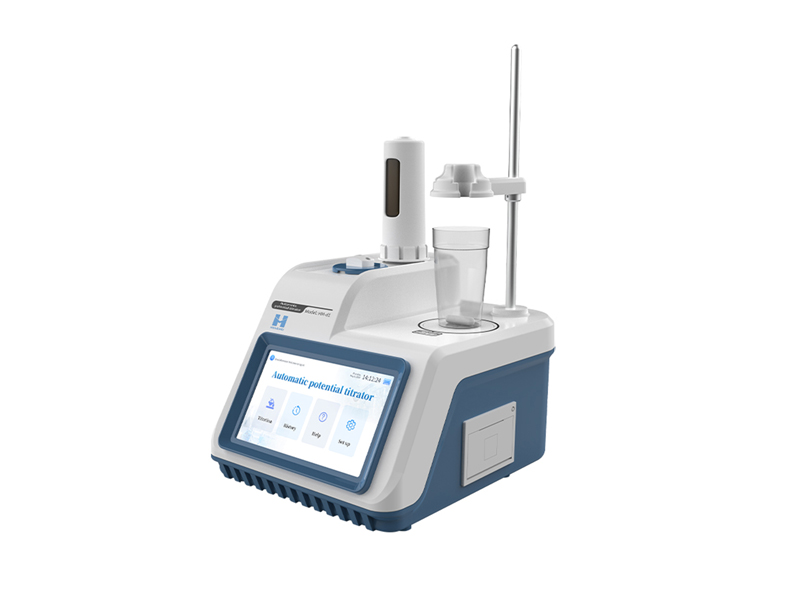In laboratories in the fields of food safety and environmental monitoring, sample pretreatment is the key to detection accuracy. Microwave digestion system has become an important tool in modern laboratories due to its high efficiency and environmental protection. This article will deeply analyze the technical principles, advantages and operation points of microwave digestion system to help scientific researchers complete pretreatment tasks efficiently.

1. Microwave digestion system: definition and application scenarios
Microwave digestion system is a device that uses microwave heating technology to quickly digest samples, and achieves rapid decomposition of samples through high temperature and high pressure environment. Its application areas cover food testing, environmental monitoring, disease control, quality supervision and scientific research institutes.
Technical principle: dual effect of microwave heating
Microwave digestion directly heats the substance through the two effects of molecularization and ion conduction, causing the surface of the solid sample to break quickly, generating new surface and solvent interaction, and completely decomposing the sample. The energy absorbed by the substance quickly redistributes it between the molecules and the uniform heating medium, so microwave heating is a kind of "internal heating".
Molecular polarization effect:
Polar molecules collide and rub at high speed in the microwave electric field, and the violent collision and friction between molecules form high heat.
Ionic conductivity effect:
The ions in the solution flow in a directional manner in the microwave electric field, generating high-speed friction and collision, and converting microwave energy into heat energy.
The molecules of substances such as water or acid are polar. Under the action of the microwave electric field, these polar molecules constantly change their positive and negative directions at a rate of 2.45 billion times per second, causing the molecules to collide and rub at high speed, and form high heat. At the same time, after some inorganic acids are dissolved in water, the molecules are ionized into ions. Under the action of the microwave electric field, the ions flow in a directional manner to form an ion current. During the flow, the ions rub and collide with the surrounding molecules and ions at high speed, converting microwave energy into heat energy.
Microwave digestion technology has the remarkable characteristics of fast and complete sample decomposition, small loss of volatile elements, low reagent consumption, simple operation, high processing efficiency, low pollution, and low blank, and is deeply welcomed by analysts.
2. Key points and precautions for operation
1. When using the instrument, be sure to use it on a grounded socket to ensure good grounding.
2. Before use, please remove the air inlet and outlet covers.
3. It is forbidden to operate with empty tanks. If only a few samples need to be digested, the remaining digestion tanks need to be filled with an equal amount of water.
4. One end of the exhaust pipe with a diameter of 80mm can be inserted into the air outlet behind the instrument, and the other end can be placed in the fume hood. If there is a toxic gas leak in the digestion tank, the exhaust fan can be turned on to exhaust the gas.
5. It is recommended that staff wear work clothes, gloves and goggles during the experimental operation to avoid injury.
6. Opening steps:
① After waiting for the digestion tank to cool down, take out the digestion tank and place it vertically, or take out the entire digestion tank rack.
② Take out the inner tank of the digestion tank from the explosion-proof outer tank, and place the outer tank stably or on an appropriate pipe rack.
③ Slowly unscrew the digestion tank cover in the fume hood, and note that the mouth of the digestion tank needs to be tilted outward to avoid splashing the internal liquid on your body.
7. Cleaning steps
① Rinse the inside of the digestion cover 2-3 times with a small amount of distilled water, and collect the solution in the digestion tube.
② Place the rinsed digestion tank with the opening facing up in a safe position on the table.
③ Perform corresponding transfer, volume determination and other analytical treatments on the digestion products.
④ Tear and clean the rotor, digestion tank and instrument, and dry them.
The microwave digestion system improves the work efficiency of the laboratory pre-treatment process with the characteristics of "green, efficient and accurate". Mastering its technical principles and operating specifications can not only improve the detection efficiency, but also safeguard the reliability of scientific research data.
Article address:http://www.labinstruments.net/news/51.html







